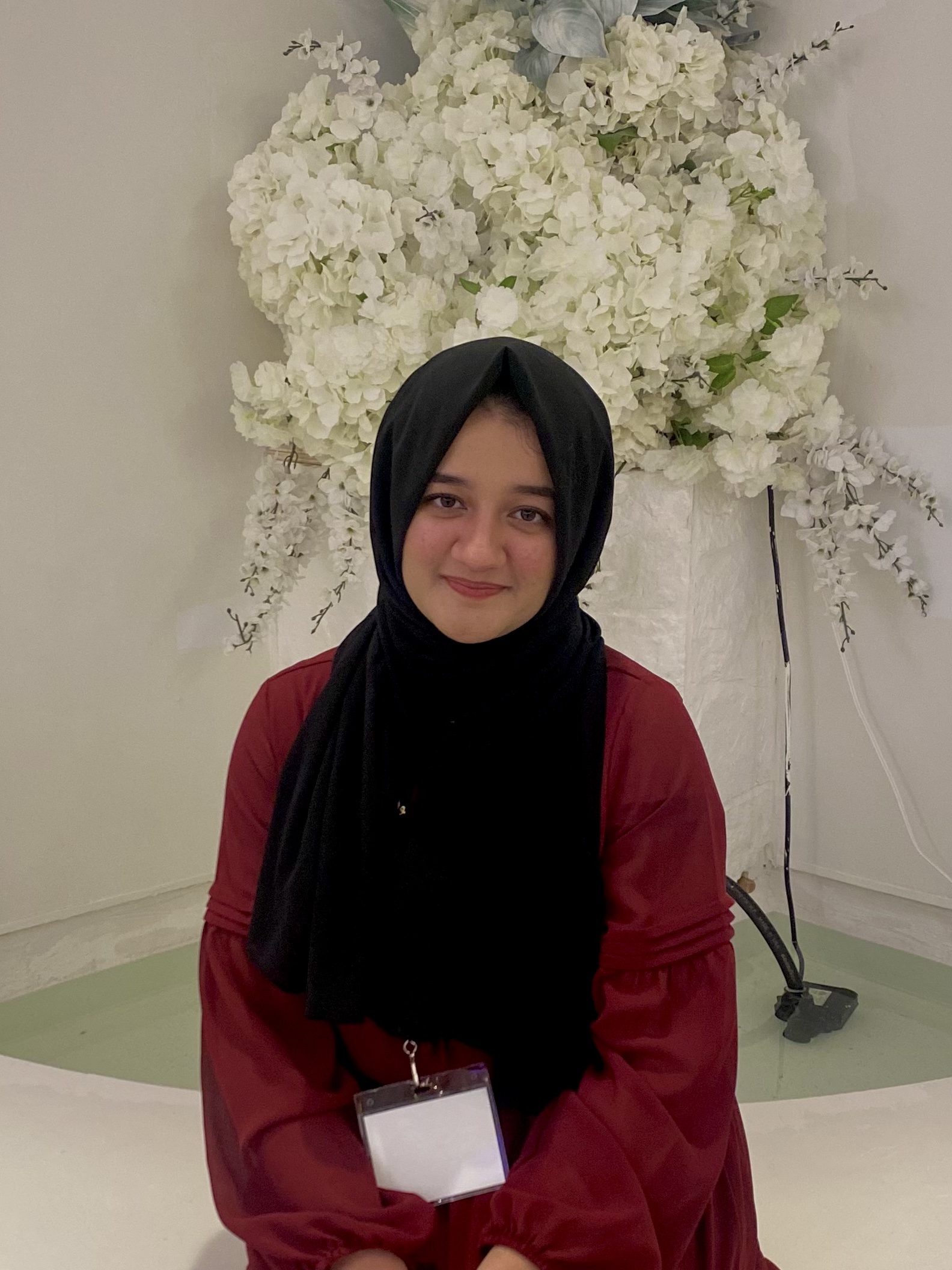Clinical: Outcomes Studies
A Rare Case of Acute Respiratory Failure Associated with M. Pneumoniae and Rhinovirus Coinfection

Noor Asif, OMS
NYITCOM
Brooklyn, New York
Presenting Author(s)
Introduction: Mycoplasma pneumoniae, also known as atypical or ‘walking’ pneumonia, is one of the most common causes of CAP, URI, and acute bronchitis. While this alone can rarely cause severe respiratory symptoms, a co-infection with the more common rhinovirus may be able to progress symptoms to a critical state and cause serious complications. Clinical diagnosis of these infections and their rapid treatment are critical for preventing exacerbations of acute respiratory symptoms and consequently fulminant conditions.
Case Study: In this case report, we discuss a 23-year-old male who presented to the ER in severe respiratory distress with a history of uncontrolled asthma. Various cultures were collected from the patient which were later found to be positive for both Mycoplasma pneumoniae and Rhinovirus. As was the case with our patient, co-infection can progress to serious complications, requiring sedation and intubation secondary to acute respiratory failure. Prior to culture results, the patient’s upper respiratory infection was empirically treated with ampicillin-sulbactam for general CAP coverage. Following recognition of a more serious infection, the patient was upgraded to vancomycin and piperacillin-tazobactam for 24 hours. This treatment was followed by downgrading to ampicillin-sulbactam again to prevent development of bacterial resistance. CBC indicated improvement in infection with the treatment. Following extubation, the patient was maintained on IV steroids and bronchodilators for another few days before being discharged.
Discussion: The most similar literature we could find to this case was a study on infections with viruses and M. pneumoniae during exacerbations of chronic bronchitis or similar coinfection but in hospitalized children. This case, however, demonstrated a young, healthy, and asymptomatic male suddenly progressing into severe respiratory failure requiring intubation. Such coinfection has been previously not been studied in adult populations. With the rise in bacterial resistance and only supportive therapy for viral infections, realizing appropriate treatment for this age group is crucial. One tenet of osteopathic medicine is: Rational treatment is based upon an understanding of the basic principles of body unity, self-regulation, and the interrelationship of structure and function. This case study emphasizes the importance of conducting further research to understand the pathophysiology of severe M. pneumoniae and Rhinovirus coinfection, such that life-saving interventions are provided in a timely manner, ultimately allowing for complete patient recovery.
Case Study: In this case report, we discuss a 23-year-old male who presented to the ER in severe respiratory distress with a history of uncontrolled asthma. Various cultures were collected from the patient which were later found to be positive for both Mycoplasma pneumoniae and Rhinovirus. As was the case with our patient, co-infection can progress to serious complications, requiring sedation and intubation secondary to acute respiratory failure. Prior to culture results, the patient’s upper respiratory infection was empirically treated with ampicillin-sulbactam for general CAP coverage. Following recognition of a more serious infection, the patient was upgraded to vancomycin and piperacillin-tazobactam for 24 hours. This treatment was followed by downgrading to ampicillin-sulbactam again to prevent development of bacterial resistance. CBC indicated improvement in infection with the treatment. Following extubation, the patient was maintained on IV steroids and bronchodilators for another few days before being discharged.
Discussion: The most similar literature we could find to this case was a study on infections with viruses and M. pneumoniae during exacerbations of chronic bronchitis or similar coinfection but in hospitalized children. This case, however, demonstrated a young, healthy, and asymptomatic male suddenly progressing into severe respiratory failure requiring intubation. Such coinfection has been previously not been studied in adult populations. With the rise in bacterial resistance and only supportive therapy for viral infections, realizing appropriate treatment for this age group is crucial. One tenet of osteopathic medicine is: Rational treatment is based upon an understanding of the basic principles of body unity, self-regulation, and the interrelationship of structure and function. This case study emphasizes the importance of conducting further research to understand the pathophysiology of severe M. pneumoniae and Rhinovirus coinfection, such that life-saving interventions are provided in a timely manner, ultimately allowing for complete patient recovery.
